
The Museo de la Charrería is a unique museum in a fantastic setting. Charrería can’t really be translated as “rodeo,” though to English-language eyes it will have a lot in common. In the early years of the colonial period, indigenous people had to quickly learn animal husbandry under the hacienda system, and indeed, on the haciendas, farms, and ranches. Riding horses, tending livestock, and the accompanying equipment all resulted in a mixture of Spanish and indigenous cultural expressions and techniques. The museum is intended to preserve the tradition, especially for a Mexican audience. A glance at the Charrería Federation Facebook Page will give you a good idea of what to expect.
The museum occupies most of the former monastery of the Virgin of Montserrat. An image of that Virgin, nearly always concealed by veils, had been brought from Catalonia. Founded towards the end of the 16th century, it served as a hospital. This was particularly important as epidemics of viral hemorrhagic fever and smallpox were common at the time. The Benedictine order ran the monastery and hospital from 1602 until 1821. They also ran it as a school for young people entering religious life, copied manuscripts and cultivated beans and plums. It is said to have had an ongoing controversial reputation.
It closed finally in 1821 with only six monks living there. The building deteriorated significantly and it was used as a military barracks, an aeronautics museum, an archive, and eventually as the headquarters of the Socialist Workers Federation.
When the Mexican Charrería Federation took possession of the building in 1970, it had been completely abandoned. The museum opened in 1973 and is dedicated to the preservation of the art and craft related to the sport and tradition of Mexican Charrería. The collection includes saddles, bows, hats, charro outfits, firearms and more. Most of the collection has been donated by fans of the sport. Items from Maximiliano I and Francisco Villa can also be viewed. There is also a collection of watercolors by José Albarrán Pliego, and dresses worn by the legendary China Poblana. The Federation also has a permanent program to help schools and artisans dedicated to tradition and the making of items associated with animal husbandry.
 +52 (55) 5709 4793
+52 (55) 5709 4793
 http://www.fmcharreria.com/
http://www.fmcharreria.com/

Nearest at 0.08 kms.
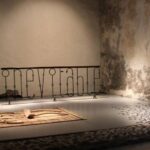
Nearest at 0.10 kms.
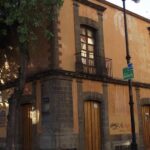
Nearest at 0.13 kms.
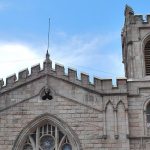
A historic Methodist church on the Avenida Balderas . . .
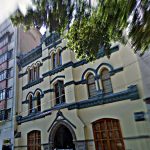
A historic Methodist church in the old grand cloister of San Francisco . . .
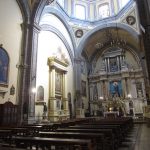
The first target of the counter-reformational Academy of Art . . .

The old church of an important early Dominican convent in the Historic Center...
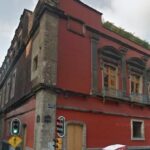
A grand 16th-century school lives on as an events venue and historic monument...